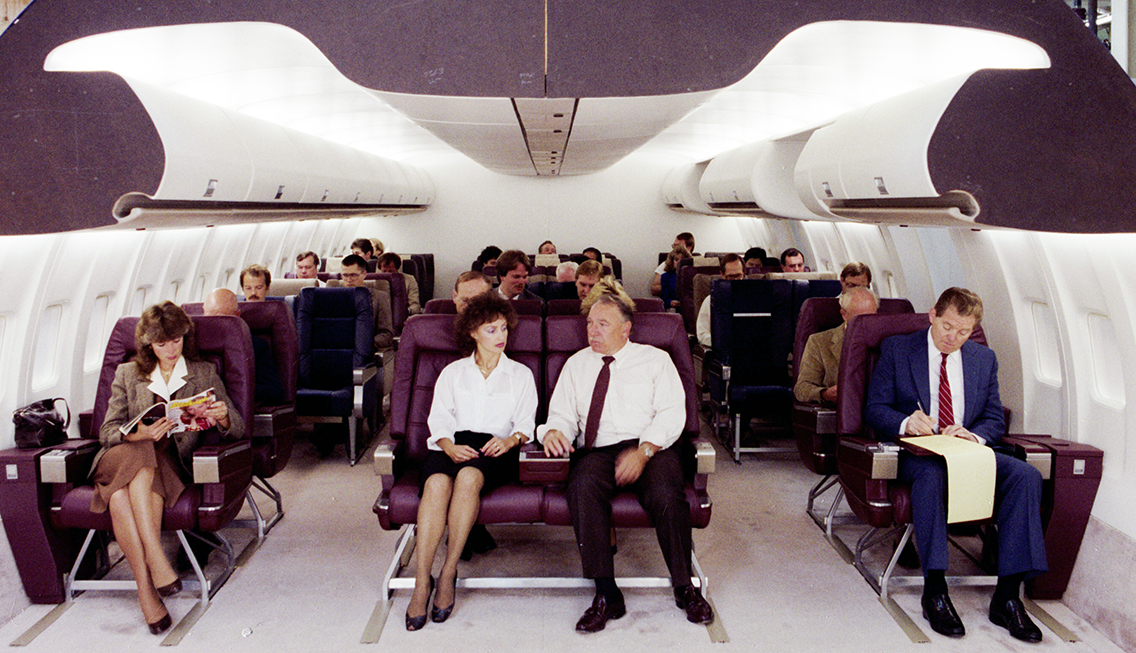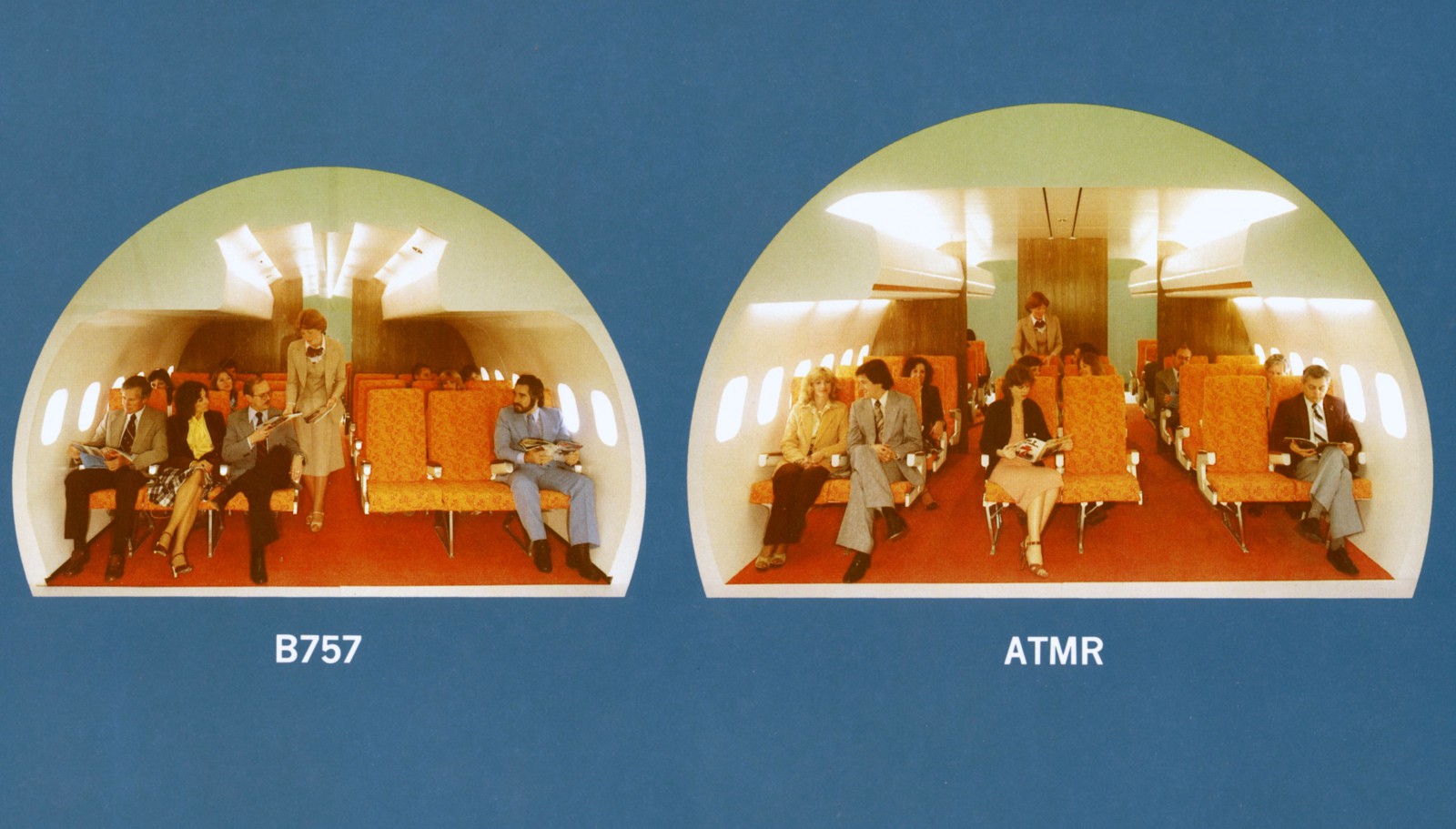- Plastic Body
- Plastic wings
- 797-6 with a 2-3-2 seating for 228 passengers (4,500 NM)
- 797-7 with a 2-3-2 seating for 267 passengers (2 classes) (4,200 NM)
Boeing sees a two-fold market for its 797. One is crossing water between continents comfortably. Meaning landing in Frankfort from Philadelphia, PA becomes a travel pair. Or could it be Toronto to Paris could be another Pair? The Pacific ocean is a giant pond that may stretch 7,000 miles across. Having a range of only 4,500 miles would make the 797 a companion model to the 787 families of aircraft. Those 797 miles would stay in the Asian and Australian regions with ease but not flying trans-Pacific.
The second market is for high-density regional flying. Everywhere the A321 goes the 797 will do better. Airbus will have to announce something within six months after Boeing announces in 2019. It sounds like the Paris airshow for the 797 drum roll.
Boeing does plan to build a lighter 797 using everything from all its recent programs. The main feature emerging is passenger comfort. I have long wanted a fifteen-foot wide body with seven seats across in a two-aisle configuration. Space can be had in two classes. Boeing's customers could bring back the 22" wide seats and reminisce about the old days of flying. Expect big windows, lots of storage and new engines. This craft will ooze with innovation and comfort. It will encroach upon both the single-aisle 737 and dual-aisle 787 families of aircraft order books as it wedges in between. In the next five years, Boeing may end up with only two Max Types offered with two 797 types offered. If the 797 nocks it out of the park, the growth potential of the 797 comes from customer marketing innovations, on how it would use its equipment from single-aisle to dual-aisle equipment.
If the airline industry culture uses the 797 for regional high-density routes, then the 737 Max will have a more balanced looking order book as the 797 reconfigures an airlines business case. The 797 is expected to cause a lot of marketplace disruption worldwide. Originally the 787-300 was going to be that "airplane", but the market wasn't ready for that "disrupter" back in the time ANA was looking at the 787-300 aircraft. Much time has passed and many technologies have emerged making a 797 a better case for the market than a 787-300 did back in 2010.
An Article worth reading from:AirlineRatings
"THE PLANE PASSENGERS WILL LOVE – THE 797 – IS GETTING MUCH CLOSER.

Airline interest in the yet to be launched Boeing 797 – a plane passengers will love – is growing and the industry expects the Seattle giant to commit it to production next year.
According to New York-based analysts, Bernstein “airline interest in the New Mid-Size Airplane (NMA or 797) is clearly growing, but the demand will be highly dependent on pricing.”
The new report “Commercial Aircraft: High demand, delivery delays, engine challenges, easy money – Themes from Prague ISTAT Conference” states that “Boeing reiterated that it likes the concept, but that it has not yet been able to close on the business case.”
The analysts said that the design appears to be firming, according to many customers at a 2-3-2 cross-section with a composite fuselage and wing.
The key issue here is can Boeing build a far more comfortable plane for the passenger at a price that is competitive with currently cramped single-aisle designs on offer.
The 797 would have twice the overhead bin space, two aisles and most passengers would have an aisle or window seat.
Or put another way will passengers pay a bit extra to fly on the 797 to justify its higher cost to build? The rise and rise of premium economy suggests that “yes” is the answer.
Boarding of single-aisle aircraft is becoming a nightmare particularly in the US where the trend is for passengers to bring all their luggage onboard with them.
This is a major problem as the overhead bins are not large enough and the drama surrounding getting the luggage into the overhead slows the boarding process to a crawl.
Verbal fights often break out over “luggage space.”
Bernstein reports that “Boeing has said it will make a launch decision in 2019 and entry into services (EIS) would be in 2025.”
In June Boeing defined two versions – the NMA-6 (797-6) with 228-passenger, 4,500nm (8,300km) and the NMA-7 (797-7) which would seat 267 in two classes with 4,200nm range.
The 797-6 would be launched first, followed by the larger 797-7. Range appears to be closing in on 4,500 nm (8300km), says Bernstein. This range allows it to do the vast majority of routes that Asian airlines currently fly with A330s as well as most interesting trans-Pacific routes and all trans-Atlantic routes.
“By not pushing the range further, the NMA should reduce weight and be able to have an engine that can be optimized for more high-cycle usage than the engines used on the A330,” said Bernstein.
Boeing is in stealth mode with executives “mum” on any more details.
Boeing sees the market at about 5000 planes over 20 years. And what is more important they see the 797 as a stimulus to the market creating thousands of new routes, thus new business.
The company says there are 30,000 city pairs currently not linked that would be perfect for the 797.
“The 797 will be like a 787 on steroids,” one UK financial analyst told Airlineratings.com. “It will open up routes everywhere.
The compelling business case for the 797 is that it is designed to fit between the smaller and sshort-range 737/A320 aircraft and the much larger, heavier and longer range 787/A330 types.
The UK analysts said his “sources tell me they [Boeing} are almost there and they are really excited about this aircraft.”
“They expect it to be produced at much higher rates than the 787.”
The massive appeal of the 797 will be its passengers cross section of 2-3-2 with huge overhead luggage bins which will put an end to the economy crush.
The 797 will be a made of composite material like the 787 and it will be able to economically connect hundreds of new non-stop routes between smaller cities.
Earlier this year Boeing moved one of its top engineers Terry Beezhold, to the program signaling that it is very serious about the aircraft.
Mr. Beezhold has had lead roles in the 787 and was project engineer on the ultra-long-range 777X, which will fly next year.
Boeing and its legacy company, McDonnell Douglas both touted a similarly sized aircraft – 7J7 and ATMR – as early as 1980. However, at the time aircraft seating was more spacious and passenger’s carry-on very limited and airlines couldn’t make the business case.
The image below is a publicity from McDonnell Douglas showing the difference between its then proposed ATMR with the Boeing 757 which is virtually identical in cross-section to today’s 737/A320.

Fast forward to 2018 and passenger seating is far more cramped and the demand for overhead space far greater than a single aisle capacity allows.
The 797 with a 2-3-2 configuration means passengers will have more room regardless of the seat pitch and the overhead bin space will be massive.
Another plus will be that boarding and deplaning will be much faster."






